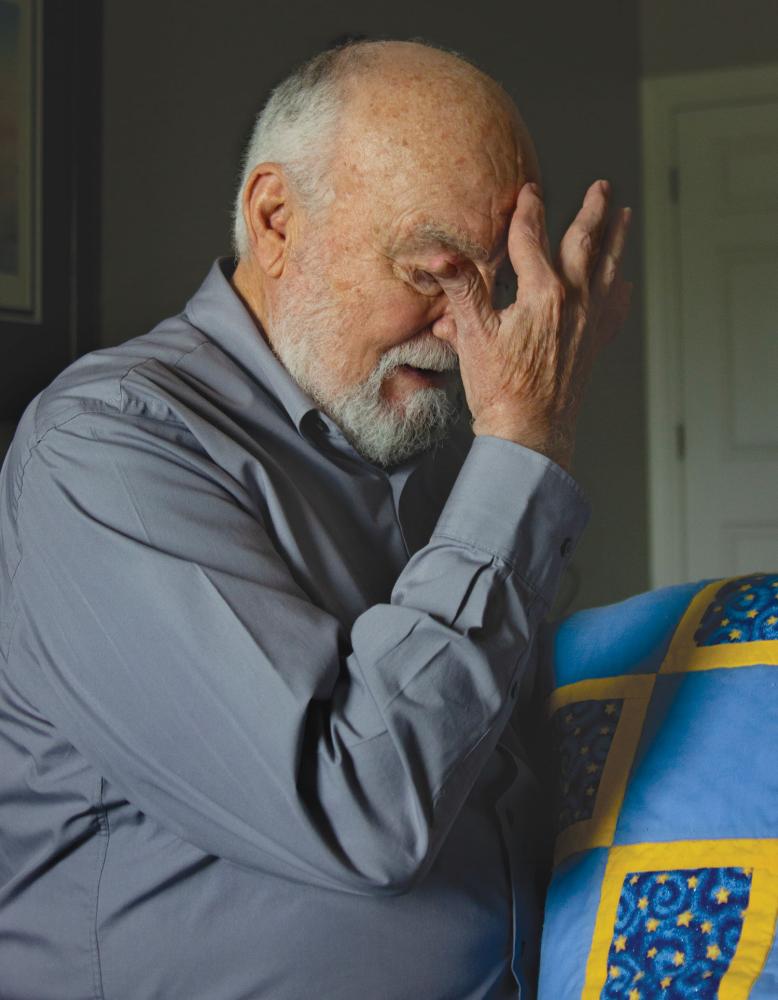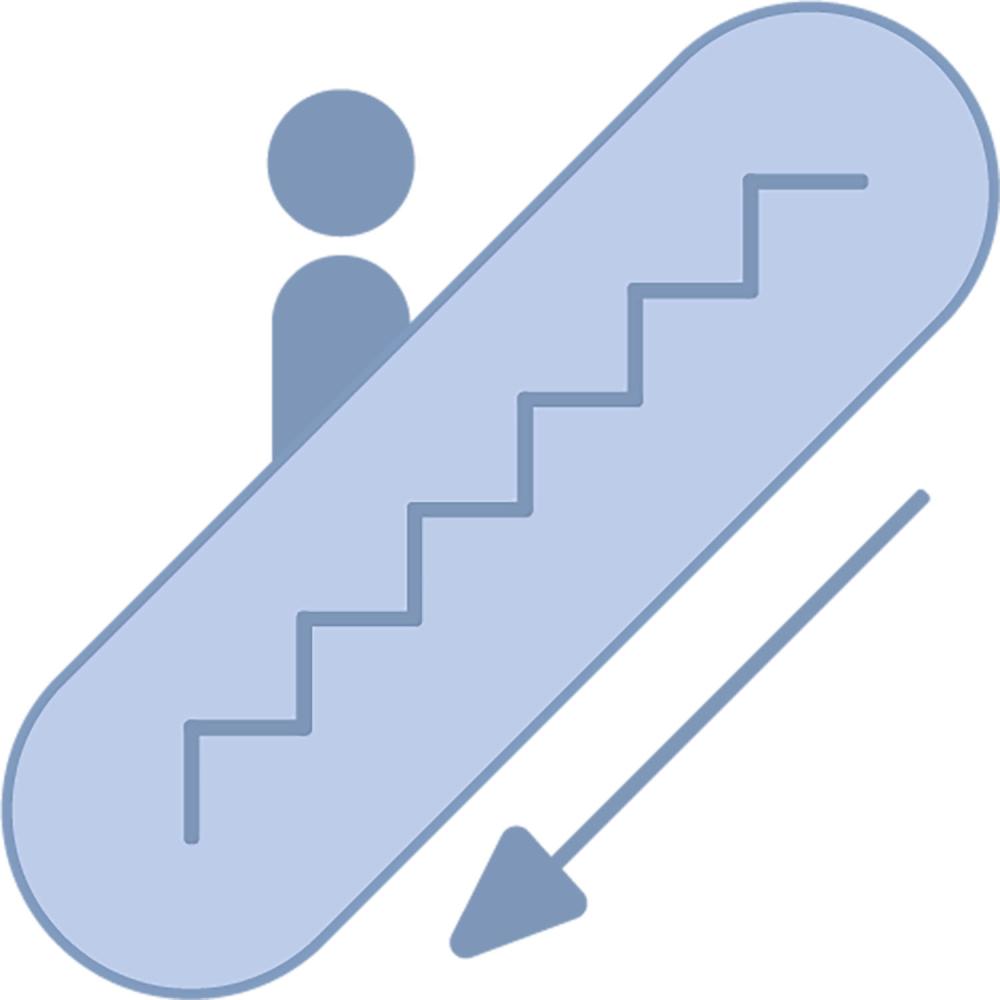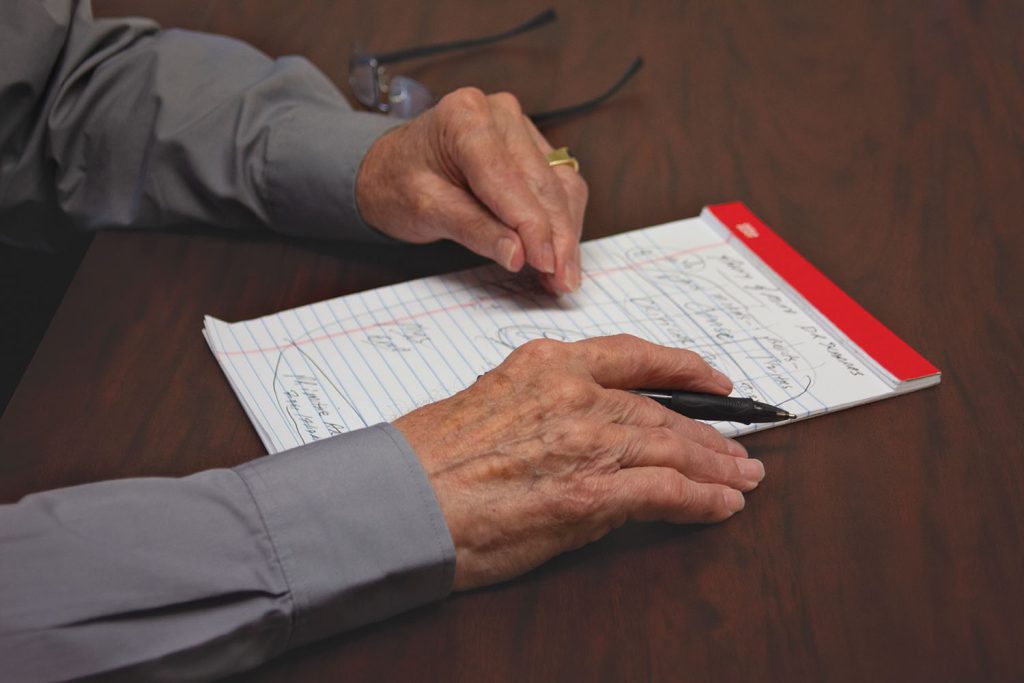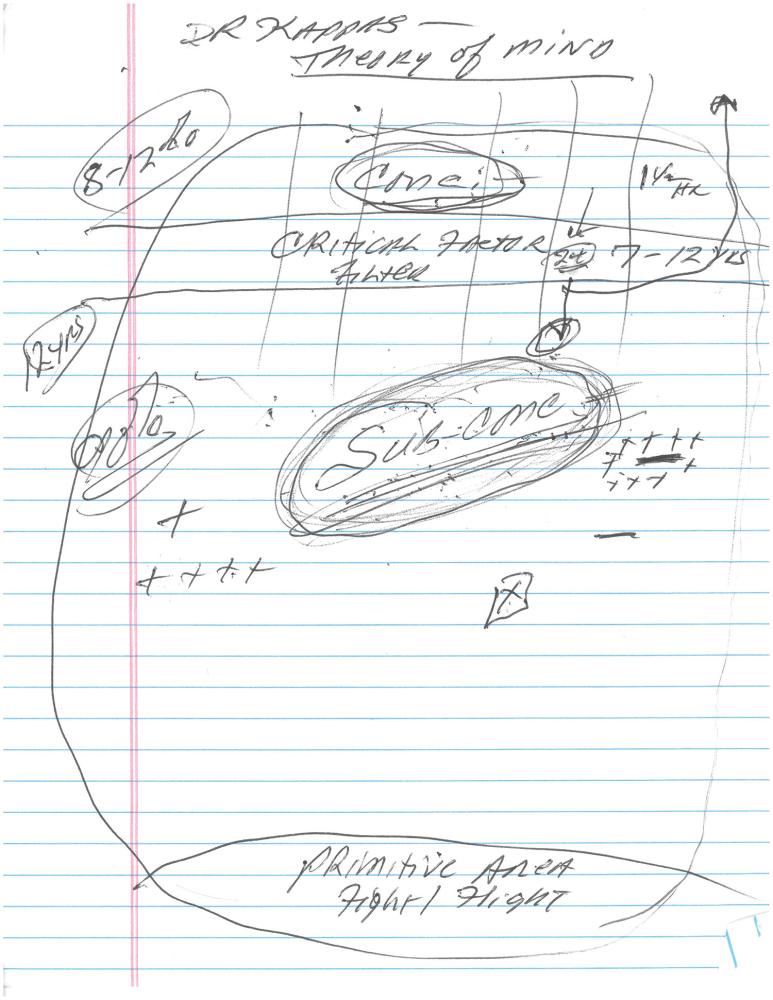Her mind was racing, she could hear herself talking in her head. Heidi (not her real name) thought that it wasn’t working, she thought she wasn’t being hypnotized. That’s when she realized she couldn’t move. She couldn’t lift her arms or even blink her eyes, Heidi said. She wasn’t afraid, in fact, it was a comfortable feeling, Heidi said.
Heidi is a senior at WKU and has been going to hypnotherapy since August 2021.

According to the Mayo Clinic, hypnotherapy is a trance-like state in which participants have heightened focus and concentration. Hypnosis is usually done with the help of a licensed therapist using verbal repetition and mental images.
While Heidi has seen a traditional talk-therapist for six years, she said that she wanted to try something new. She found out about hypnotherapy from her mother, who saw a friend’s Facebook post about her experience with it.
“It’s nerve-racking to go do something like that and be vulnerable in that place, for the first time,” Heidi said.
Nevertheless, she recalls her first time meeting hypnotherapist Jim Williams, the owner of JR Williams Hypnotherapy in Bowling Green.
“There was something about him that just made me want to trust him”, Heidi said.
Williams has been a licensed and practicing hypnotherapist since 2015 but has been hypnotizing people for over 60 years, he said. He said he learned how to do hypnosis from a book, and, though he can’t remember what the book was called or even where he got it, he quickly learned the art of hypnosis.
“I started in my early 20s,” Williams said. “I would hypnotize people at parties and that type of thing.”
Williams said he realized he was able to use hypnosis not just as a party trick but to help people after he started hypnotizing his brother.
“I would take his migraine headaches away,” Williams said. “I hypnotized him so much that I could hypnotize him on the phone and take his headaches away, but hypnotherapy is just like dope or drugs, it doesn’t last forever.”

Williams’ hypnosis philosophy comes from John Kappas’ Theory of Mind. Williams explained that Kappas theorizes that human brains are composed of four sections: the conscious mind, the critical area, the subconscious and the primitive area. The conscious mind only takes up 8-12% of the brain, according to Kappas. When a thought enters the brain, it makes its way to the critical area to be analyzed by the conscious mind and then the subconscious. In order for that thought to become a belief it must agree with 88% of the person’s mind, the entirety of the subconscious and primitive areas of the brain, that are challenging the proposed belief based on every decision and every learned experience that the person has gathered throughout their entire life.
Williams said this is why it can be difficult to follow through with goals and habits that make a person uncomfortable or put them into a situation of uncertainty. However, Williams believes that when people are put into a hypnotic state, they are able to bypass the conscious mind and alter beliefs, fears and habits that have been deeply rooted in their subconscious from a young age.
This can be a long, uncomfortable and emotional process. But according to Heidi, it’s working.
Heidi’s journey with Williams began with a consultation to go over her goals and personal history. They didn’t start the hypnosis until the second appointment, Heidi said.

During the second appointment, instead of sitting in the wooden chair facing Williams’ desk, she sat in the soft, leather, reclining chair. She remembered leaning back and Williams asking for permission to touch her hand, arm and forehead. Heidi remembered warm, peaceful, ethereal music playing softly in the background and the potent smell of lavender, from an essential oil diffuser, filling the room from an essential oil diffuser. The lights were off, but the blinds were open enough to allow some natural light to peek through.
At that point, Williams asked her to count down from 100, each time decreasing a number and repeating “deep sleep” until the numbers disappeared from her mind.
“I’ve gotten to 90 before they’d disappeared for me, but the last time I went, by 97 it was gone,” Heidi said.
Although she felt very relaxed and focused, Heidi said that during her first real session of hypnosis with Williams, she didn’t feel like she was being hypnotized.
“You literally are sitting there, and your conscious mind is constantly talking, and it’s like you’re thinking about everything — like my brain is constantly going,” Heidi said.
Physically however, Heidi felt paralyzed.
“I can’t move my body, but I know if I absolutely needed to in that moment I could, but it’s like a comfortable feeling,” Heidi said. “It’s weirdly comfortable. You think it wouldn’t be, but it is.”
As Williams took Heidi deeper into hypnosis, he began to say the words “deep sleep” followed by a light tap on her forehead, Heidi said. She recalled Williams telling her to imagine an escalator, taking her down into the depths of her subconscious mind. Williams said to envision three levels to get down, level A, then B, with level C being the final destination.
“I just imagined myself on this escalator, and it’s just going down, and then he said, ‘When you’ve reached the end of the escalator, lift your left index finger,’” Heidi said.
She continued the process until she reached level C, but the descent didn’t end there.
“He’s like, ‘Now you’ve reached the floor, but you’re gonna go deeper,’ and then it just keeps going down and down,” Heidi said.
Williams repeated the process until he felt like a deep state of hypnosis was reached. That is when the work began. The goal of the session was to quit nicotine, which was one of the main reasons Heidi wanted to see Williams.

Heidi said she had been vaping since she was 17. During her initial consultation, Williams had her make a list of reasons she wanted to quit, which included anxiety from her family and friends, health concerns, unhealthy dependency and financial constraints. WIlliams said creating such a list is an important part of the process to alleviate addiction.
“There’s a part of you that wants to quit smoking. But there’s another part that doesn’t,” Williams said. “You can’t make people do anything they don’t want to do.”
Heidi said in order to help her quit smoking, Williams asked her to think back to the first time she ever vaped. At that point, Heidi was in a deep state of hypnosis, and she said that allowed her to have a profoundly accurate and vivid memory of an experience that happened when she was 17. It was almost like watching a movie of her own memories, she said.
“I was seeing myself in high school. I was seeing myself in that math class with the two girls that I hit it with,” Heidi said. “And I saw myself walking towards the bathroom door, like walking down the hallway where I was, against the hallway walls, super dizzy after hitting that Juul for the first time and then going to the bathroom and sitting there and being like, ‘What the hell.’”
Williams then asked her to promise her 17-year-old self to never hit a vape again and to apologize for allowing 17-year-old Heidi to start vaping.
“I started crying in my hypnotized state, but I couldn’t move my arms to wipe my tears,” Heidi said. “But I could feel the tears. It was pretty insane.”
As of Saturday, Sept. 25, Heidi had been nicotine free for one month. This was accomplished after only one session with Williams directed specifically toward ending her addiction.
Heidi believes that she has been fully cured of her addiction in a profound yet almost indescribable way.
“I’ve found vapes in old bags of mine, and I’ll just throw them away, and I won’t hit them,” Heidi said. “Even though they’re in my hand, I don’t know, there’s just something stopping me.”
For other patients of Williams, hypnotherapy is a last hope after exhausting all their options. One of these patients is 23-year-old former WKU student, Megan (not her real name). Megan had been in and out of therapy almost her entire life and was starting to get desperate, she said.
“I think I’ve been prescribed every antidepressant known to man, and I’ve tried a lot of things for my depression and anxiety, so I’m getting kind of desperate,” Megan said. “I’ve done the residential programs for mental health. I’ve done the therapy. I’ve done the medicine. I wanted to try something else.”

Megan is new to hypnotherapy. She has only been seeing Williams since the beginning of September 2021. Megan has complex PTSD, a form of post-traumatic stress disorder that is a result of repeated trauma. Because of this, Megan has a very hard time being alone in a room with men.
“I was so, so anxious, so nervous, and he could tell the second I walked through the door,” Megan said.
Like Heidi, Megan was quick to realize that Williams was there to help her, and nothing else.
“I felt so comfortable with him the first time I met him, and that was strange for me because typically I’m pretty anxious around new people,” Megan said.
Despite her brief time spent working with Williams, Megan said she is making notable progress with her overall mood and confidence, and certain deep rooted thought patterns are changing.
“It’s not a drastic change, but I’ve noticed little things like I’ve been more positive to myself; I’m kinder to myself,” Megan said. “Which is weird man, that wasn’t something that happened before.”
At 81, and with multiple grandchildren, Williams is still working. Williams is not financially motivated, but he recognizes that he has a gift that he can use to help people and said that is his only goal in life.
“It started with helping my brother with a headache, but over these last six, seven years, I’ve helped so many,” Williams said. “Getting a 23-year-old girl off of drugs was a blessing. And letting a mom tell her daughter goodbye that was killed in an automobile wreck — that’s amazing.”



